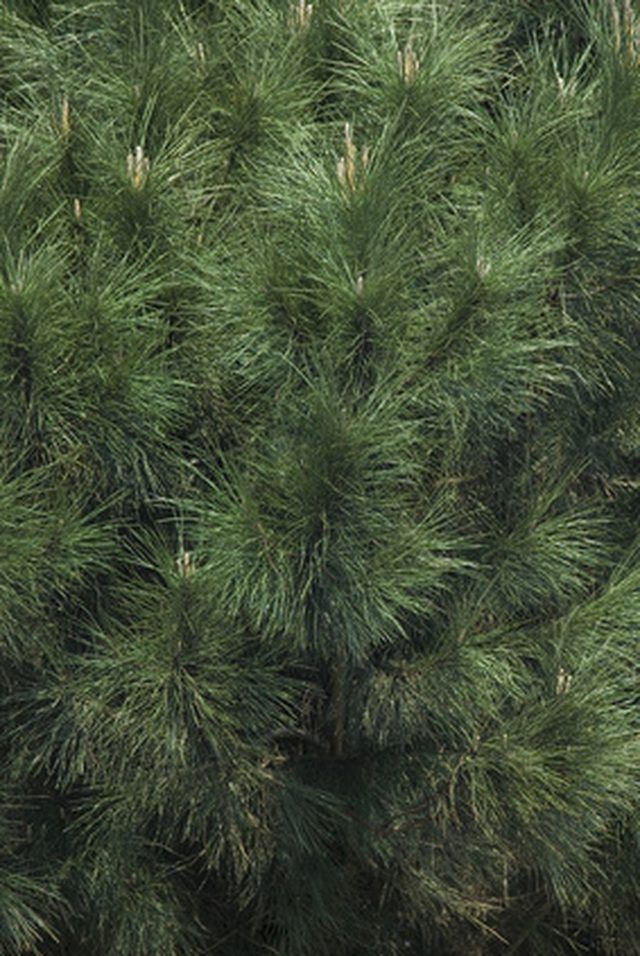Bulbs
Flower Basics
Flower Beds & Specialty Gardens
Flower Garden
Garden Furniture
Garden Gnomes
Garden Seeds
Garden Sheds
Garden Statues
Garden Tools & Supplies
Gardening Basics
Green & Organic
Groundcovers & Vines
Growing Annuals
Growing Basil
Growing Beans
Growing Berries
Growing Blueberries
Growing Cactus
Growing Corn
Growing Cotton
Growing Edibles
Growing Flowers
Growing Garlic
Growing Grapes
Growing Grass
Growing Herbs
Growing Jasmine
Growing Mint
Growing Mushrooms
Orchids
Growing Peanuts
Growing Perennials
Growing Plants
Growing Rosemary
Growing Roses
Growing Strawberries
Growing Sunflowers
Growing Thyme
Growing Tomatoes
Growing Tulips
Growing Vegetables
Herb Basics
Herb Garden
Indoor Growing
Landscaping Basics
Landscaping Patios
Landscaping Plants
Landscaping Shrubs
Landscaping Trees
Landscaping Walks & Pathways
Lawn Basics
Lawn Maintenance
Lawn Mowers
Lawn Ornaments
Lawn Planting
Lawn Tools
Outdoor Growing
Overall Landscape Planning
Pests, Weeds & Problems
Plant Basics
Rock Garden
Rose Garden
Shrubs
Soil
Specialty Gardens
Trees
Vegetable Garden
Yard Maintenance
Interesting Facts About Mugo Pine Trees
Interesting Facts About Mugo Pine Trees. The mugo pine (sometimes spelled mugho) grows from four to 20 feet tall in various soils and prefers sun or partial shade. It has a small round or pyramidal shape and two-needle foliage. It holds onto its needles for more than four years, making it ideal for screen planting compared to other pines that shed...

The mugo pine (sometimes spelled mugho) grows from four to 20 feet tall in various soils and prefers sun or partial shade. It has a small round or pyramidal shape and two-needle foliage. It holds onto its needles for more than four years, making it ideal for screen planting compared to other pines that shed their inner needles and lower branches with age. European immigrants introduced this Central-European, high-altitude pine to America in 1779.
Identification
According to Virginia Tech's Department of Forest Resources and Environmental Conservation, Pinus mugo, also known as mugo pine, has evergreen needles that grow in fascicles of two, which curve around each other, growing from 1 1/2 to 2 1/2 inches. It is monoecious and produces cylindrical yellow clusters of male flowers and yellow-green to purple female flowers. It produces small grayish brown cones that range from one to two inches, and it has brownish gray bark that splits and develops irregular plates as it gets older.
Uses
The mugo pine's uses include decorative and functional applications. According to www.bonsai4me.com, mugo pines have a poor reputation as bonsai, but with the right techniques a bonsai enthusiast can easily cultivate and style them. People also use them for Christmas trees or in containers and above-ground planters. They function as buffers around parking lots and as median barriers on the highway. They do not have a proven urban tolerance, so they are best suited for suburban or rural applications.
Geography
According to www.cirrusimage.com, mugo pines grow in European mountains, such as the Pyrenees, Alps, Erzgebirge, Carpathians, northern Apennines, and Balkan Peninsula ranges. In North America they grow from zone two through seven, which means they appear from Canada down through New Mexico and even parts of Texas. The Arbor Day Foundation says, "the mugo pine grows in acidic, alkaline, loamy, moist, sandy, well drained [and] clay soils." This marks its hardiness in a variety of geographic regions. The mugo pine also demonstrates drought tolerance.
Pests and Diseases
The USDA Forest Service says that pine sawflies and pine needle scale commonly affect the mugo pine. Pine sawfly larvae caterpillars feed in groups on the needles and can quickly lead to branch defoliation if not prevented. Pine needle scale is a white, elongated scale that affects the needles while pine tortoise scale is brown and found on twigs and branches. The mugo pine also hosts a number of other pests, including bark beetles, pine spittle bugs, spruce mites, Zimmerman pine moths, pine weevils, and pine wilt nematodes. Some diseases that affect the mugo pine include diplodia tip blight, tree rusts, and needle cast.
Cultivars
The mugo pine's popularity and durability has led to five different cultivated varieties, according to the Bizon Nursery. The "Fastigiata" is a columnar mugo pine that grows vertically to about six feet tall by two feet wide. The other varieties are globular, with the gnom mugo pine growing to about three feet tall, the mugho pine growing to two to three feet tall and five to six feet wide, the prostrate mugo pine reaching a dense two feet tall by six feet wide, and the dwarf mugo pine maturing at four to five feet tall and four to six feet wide.